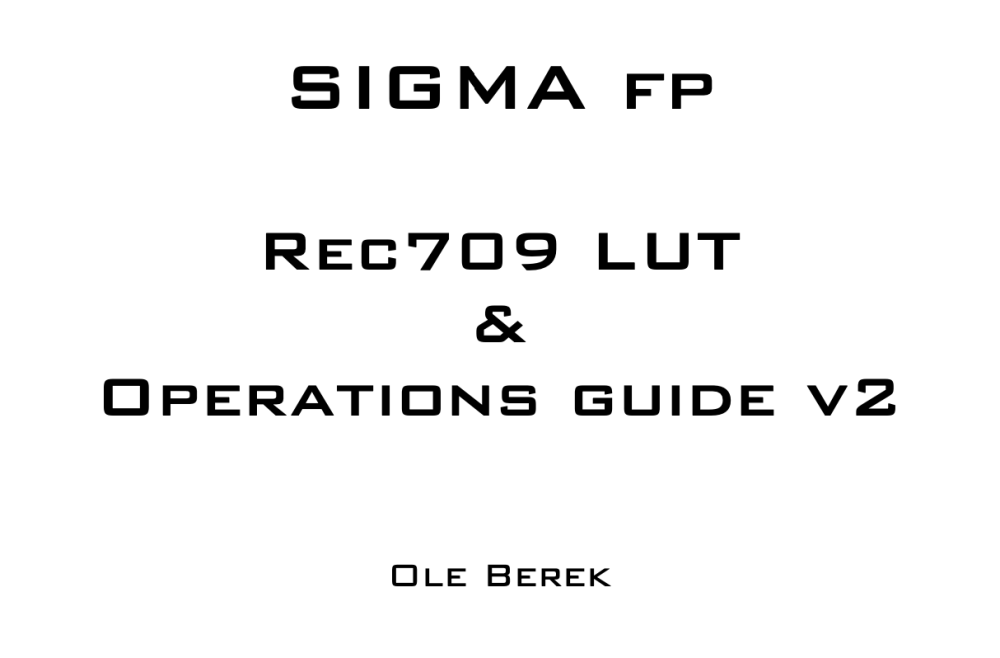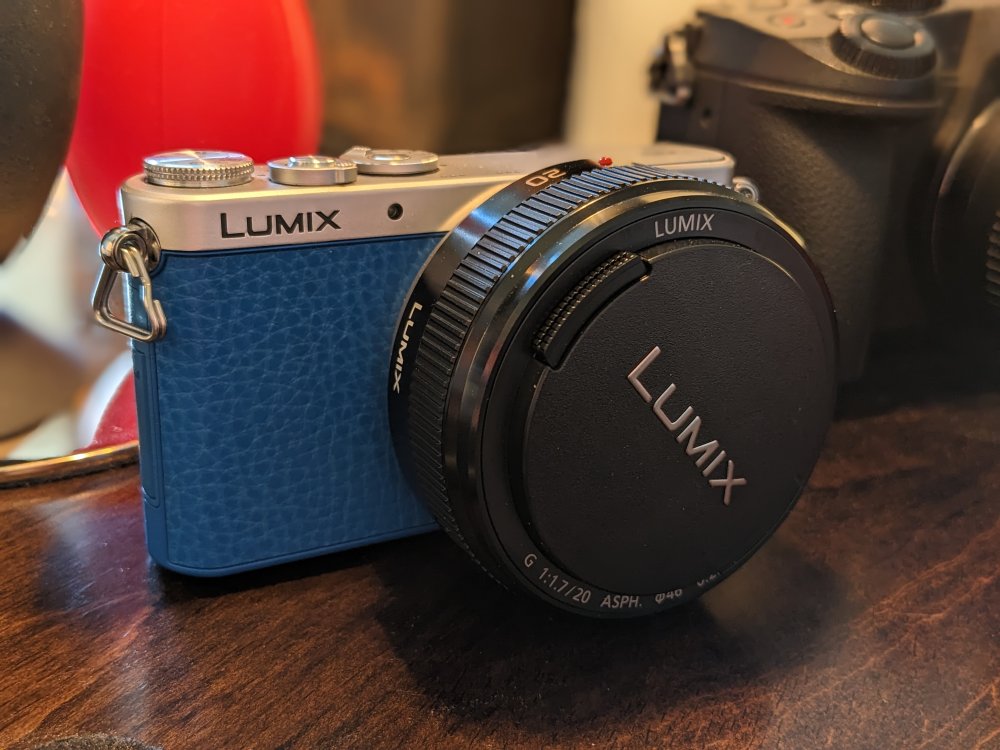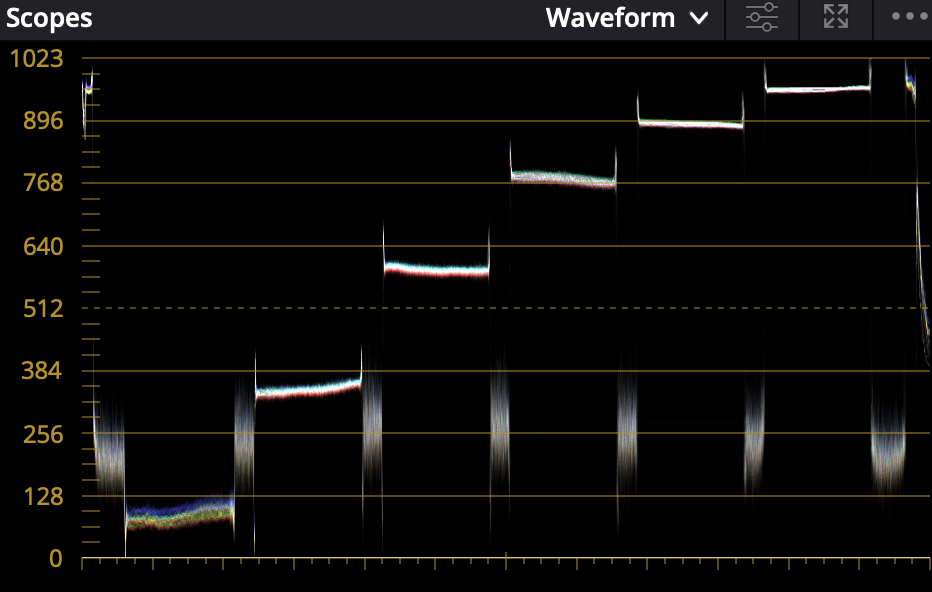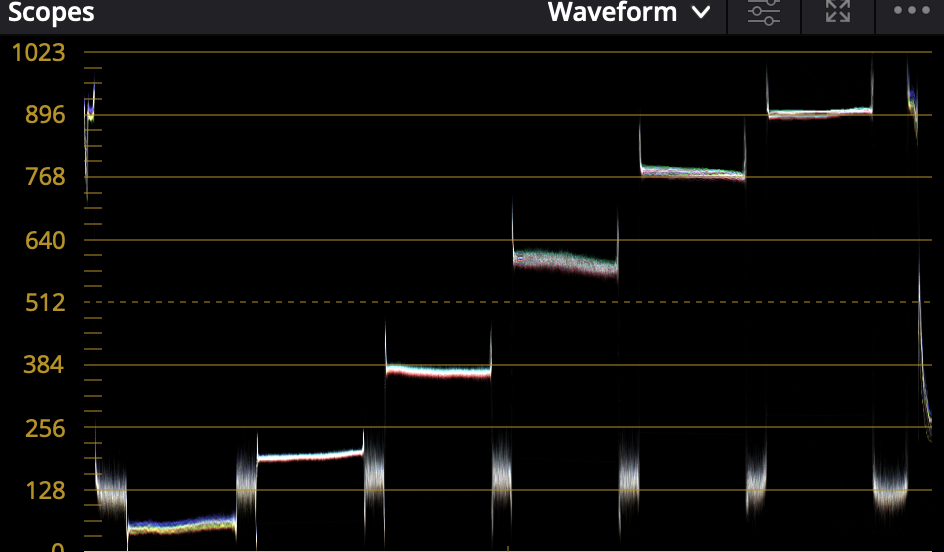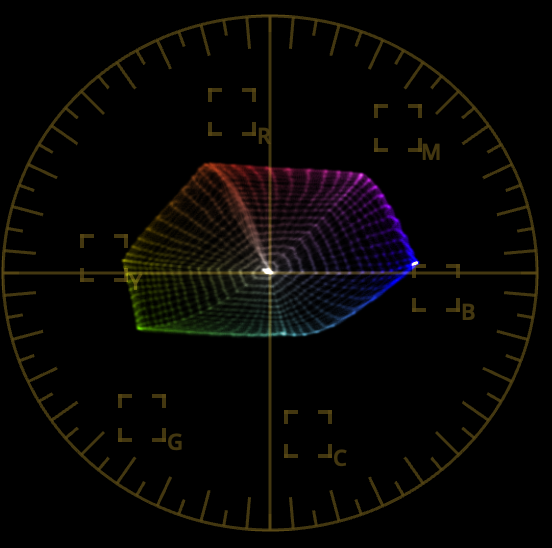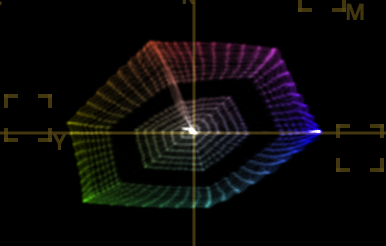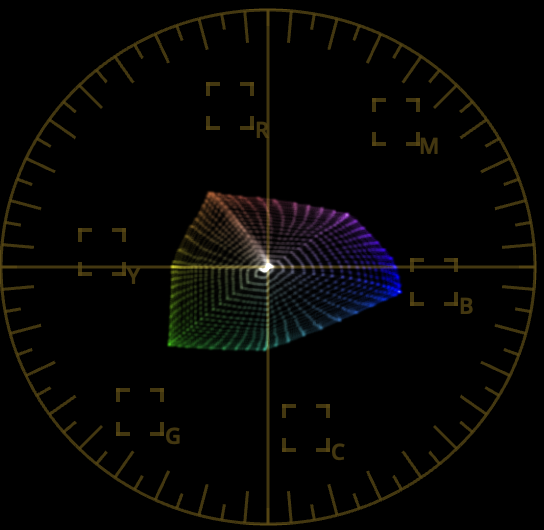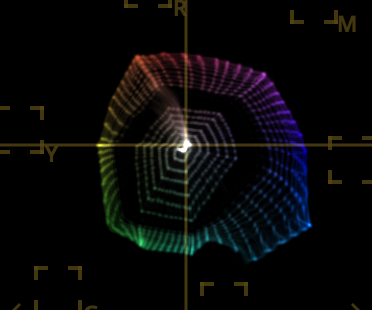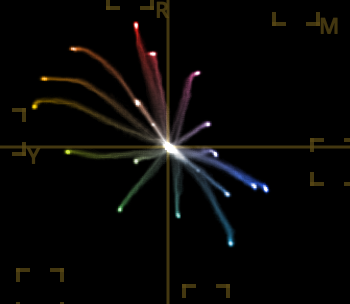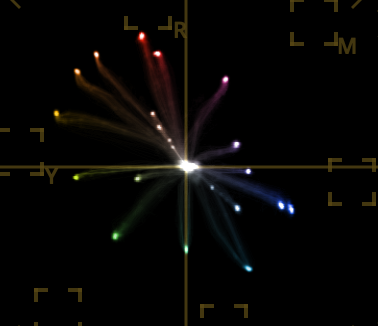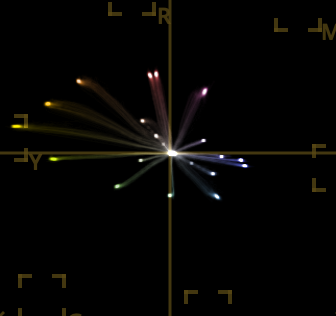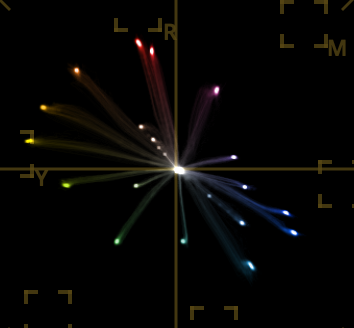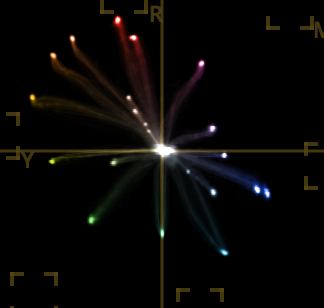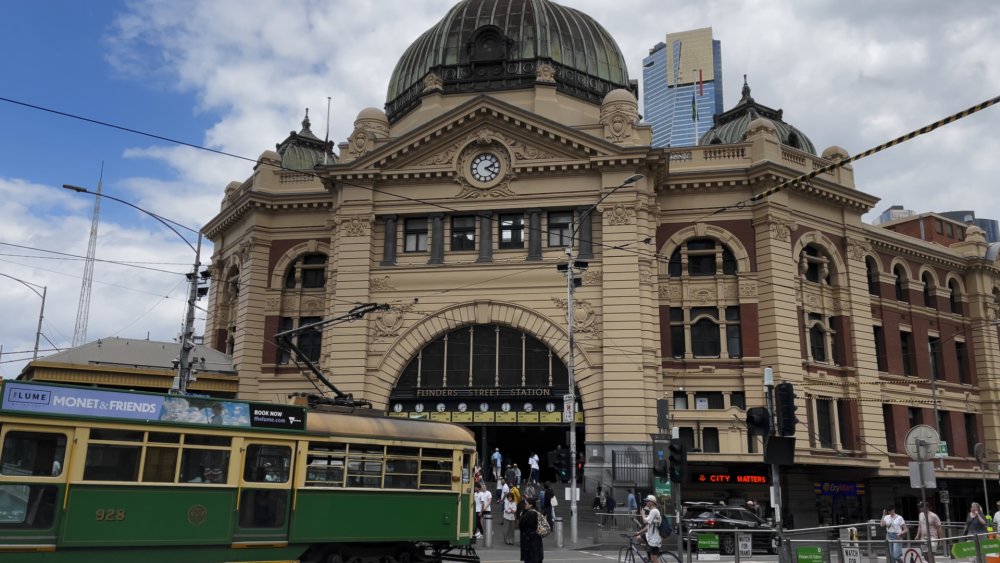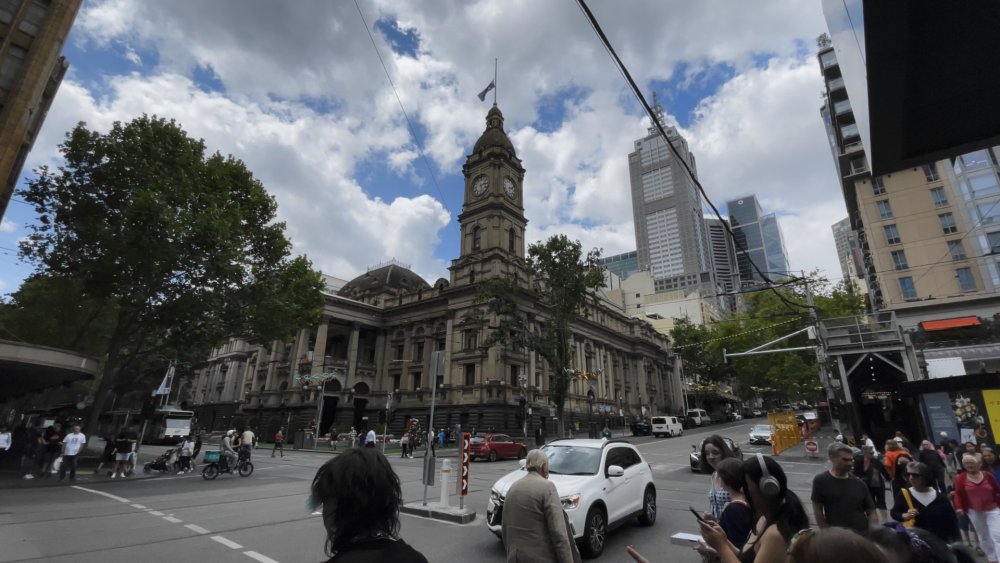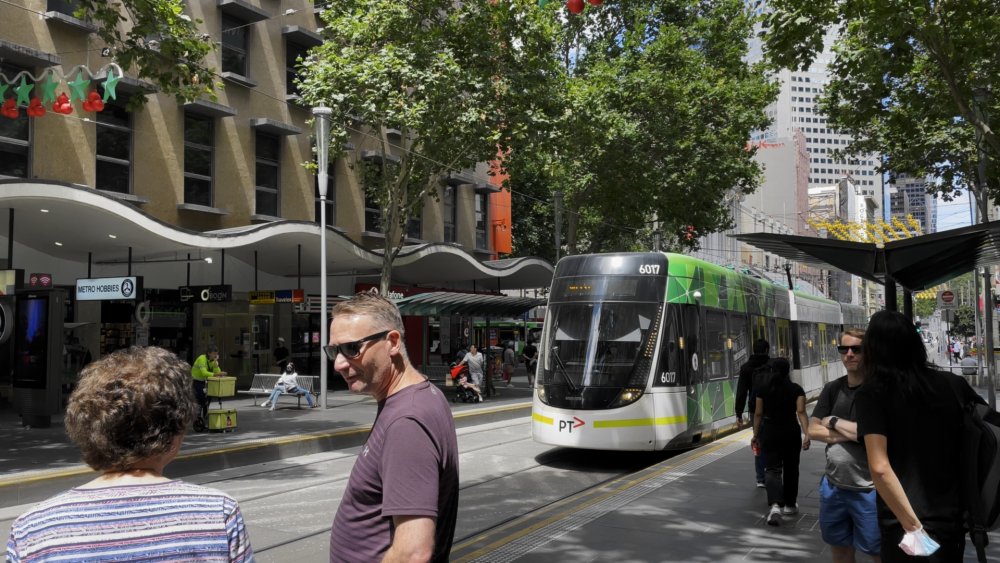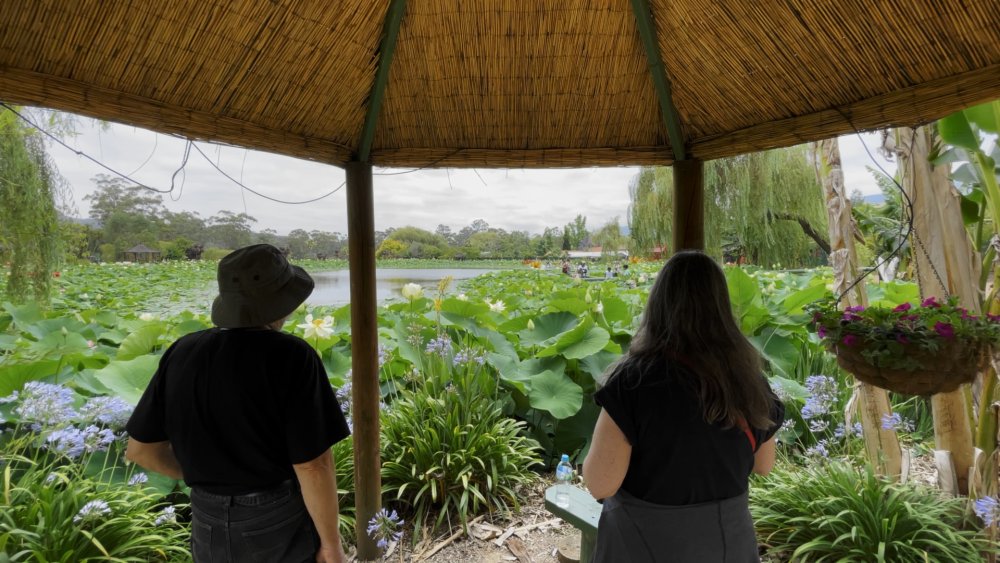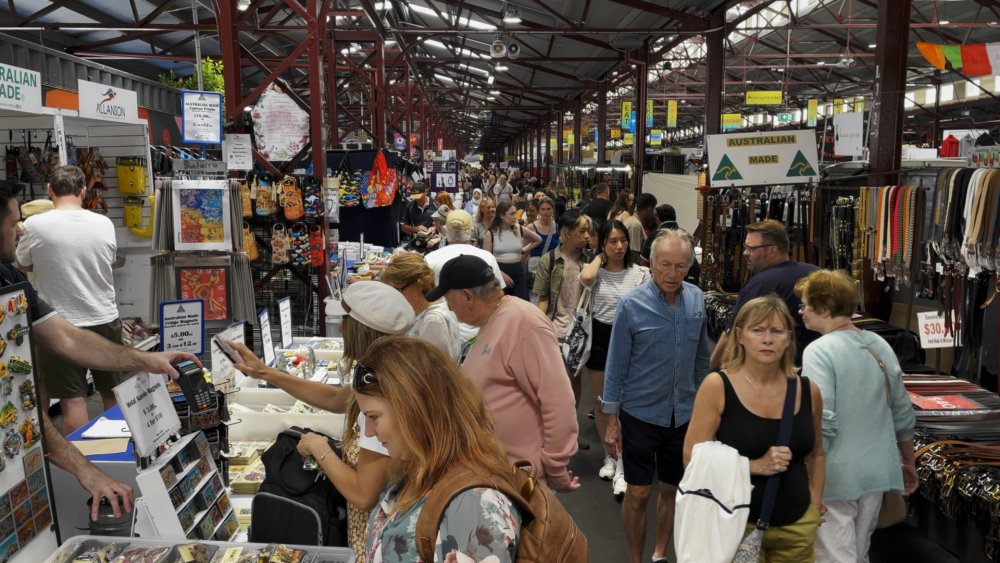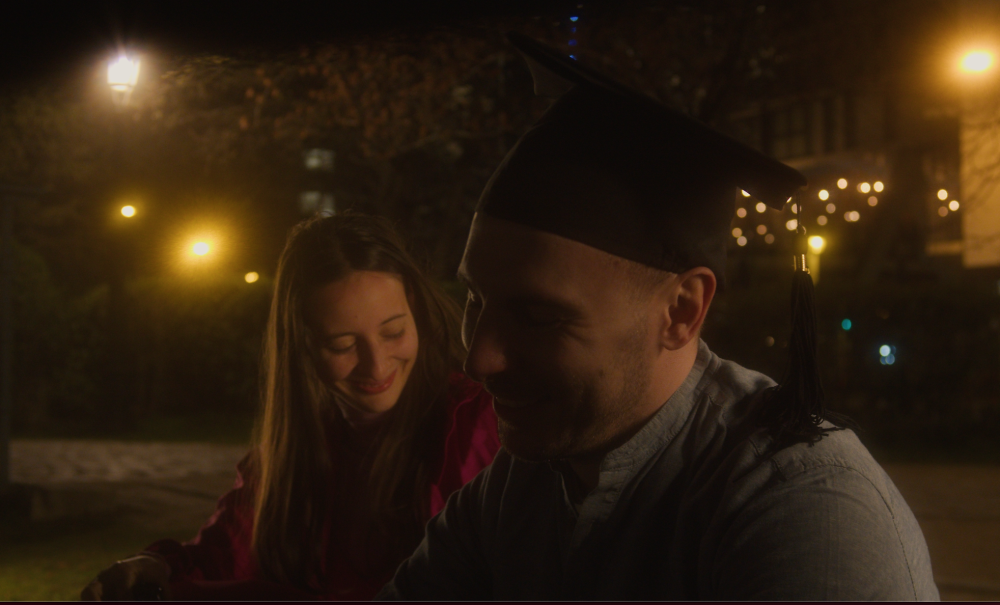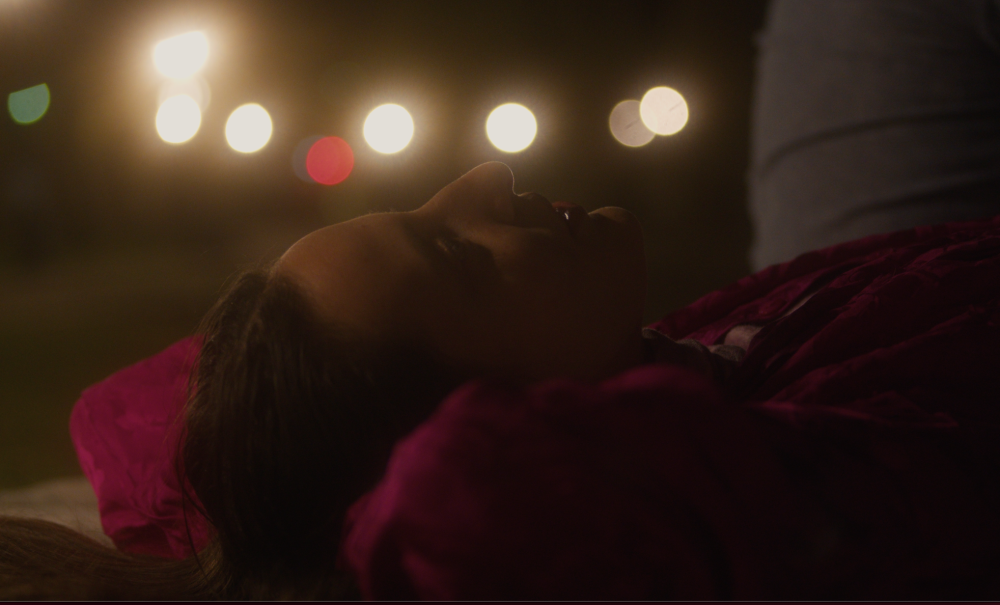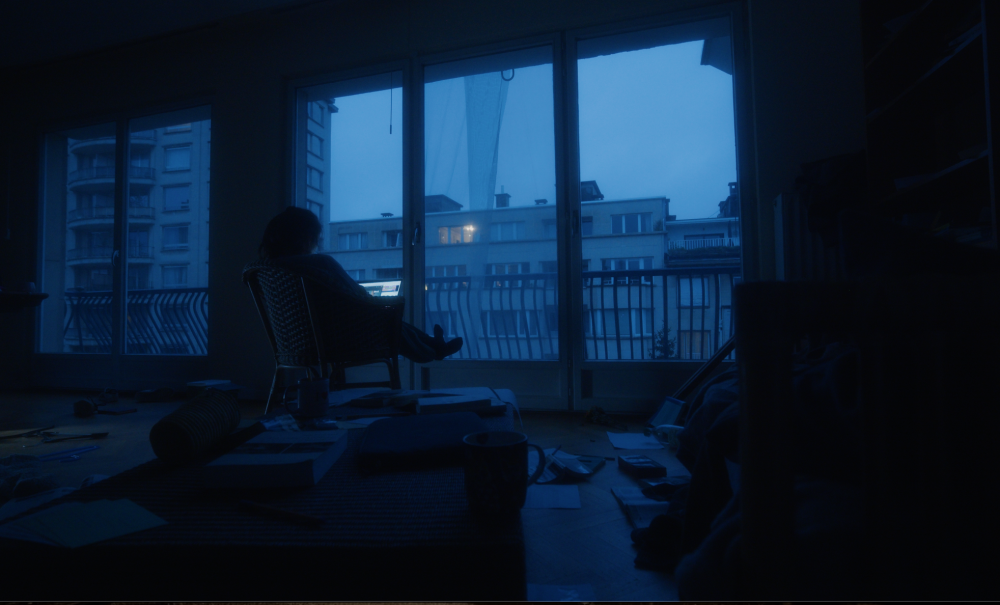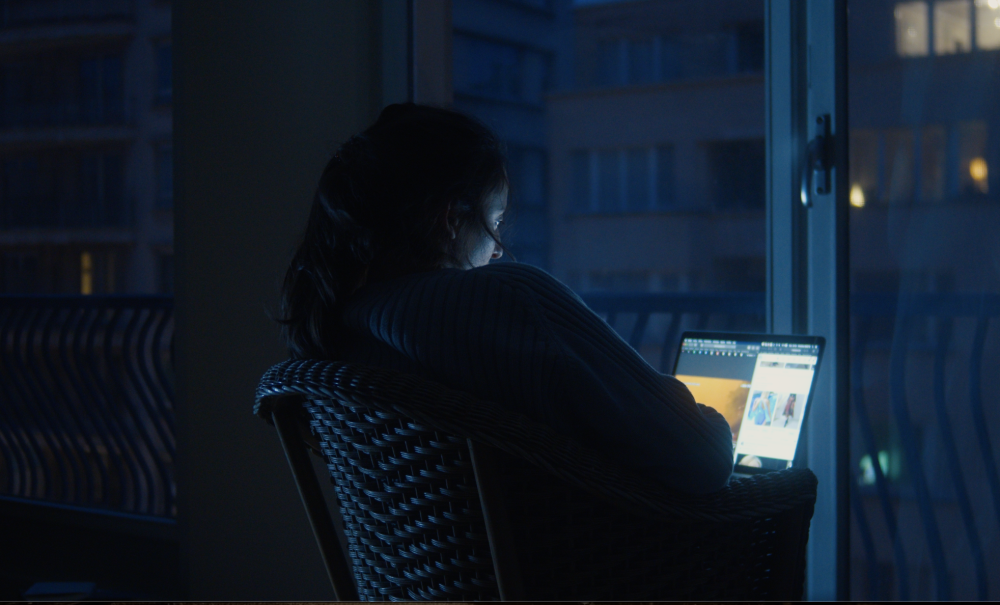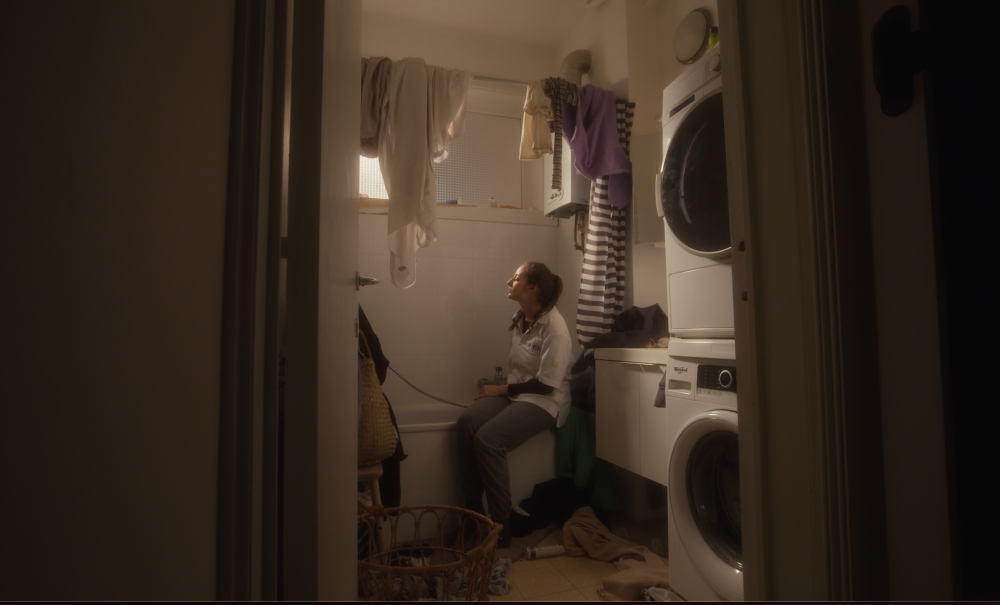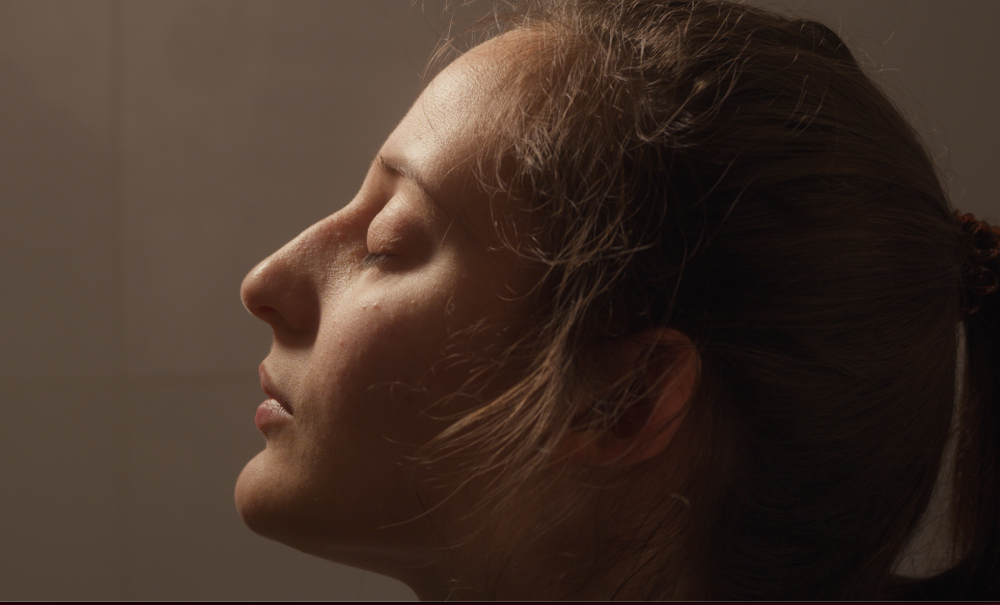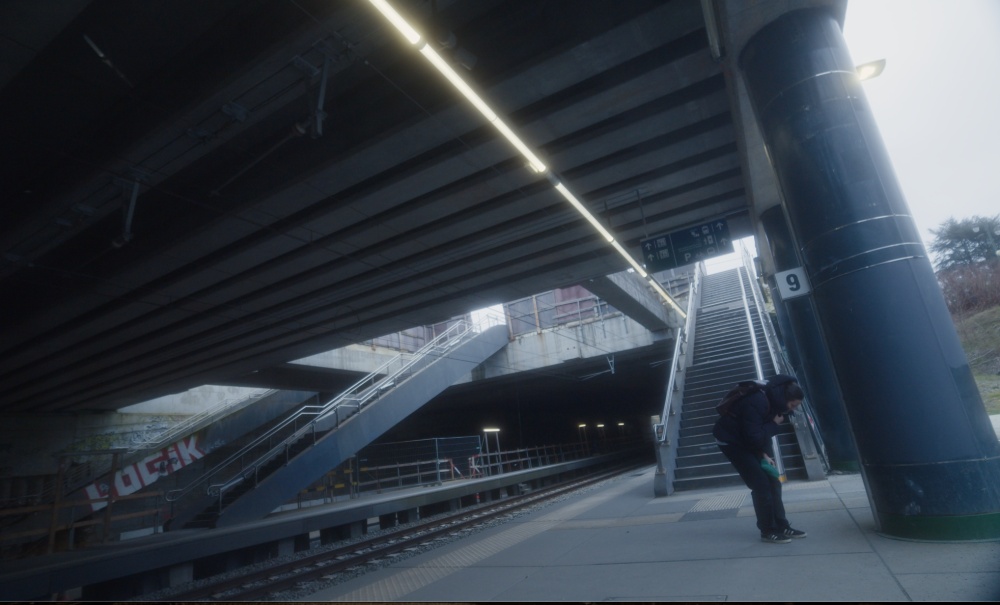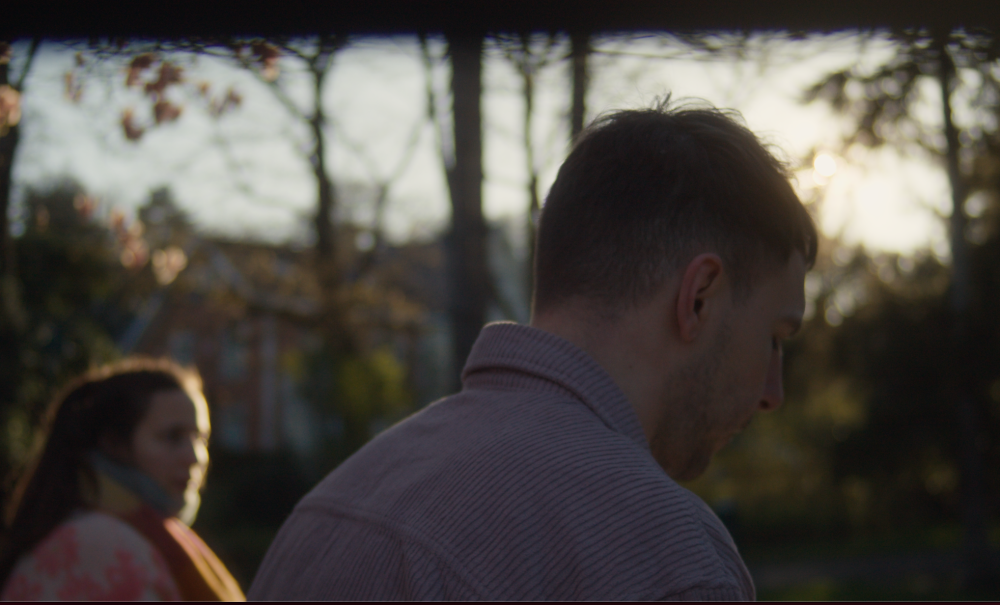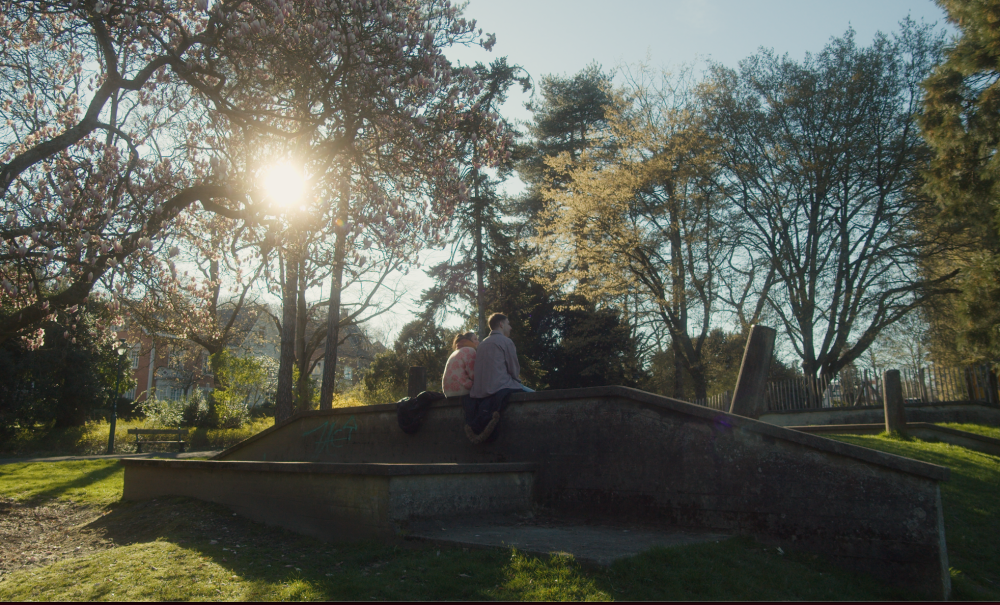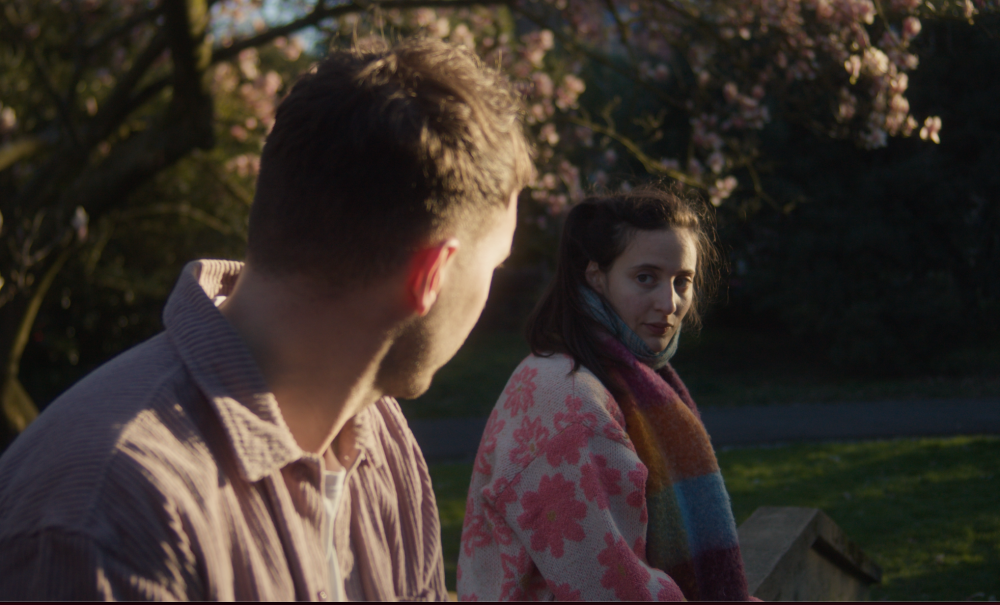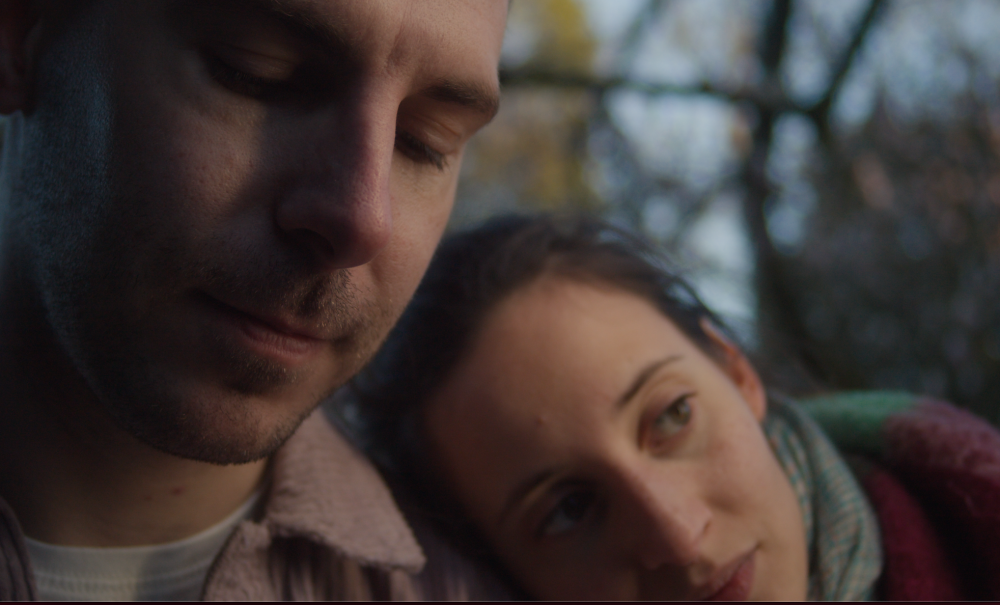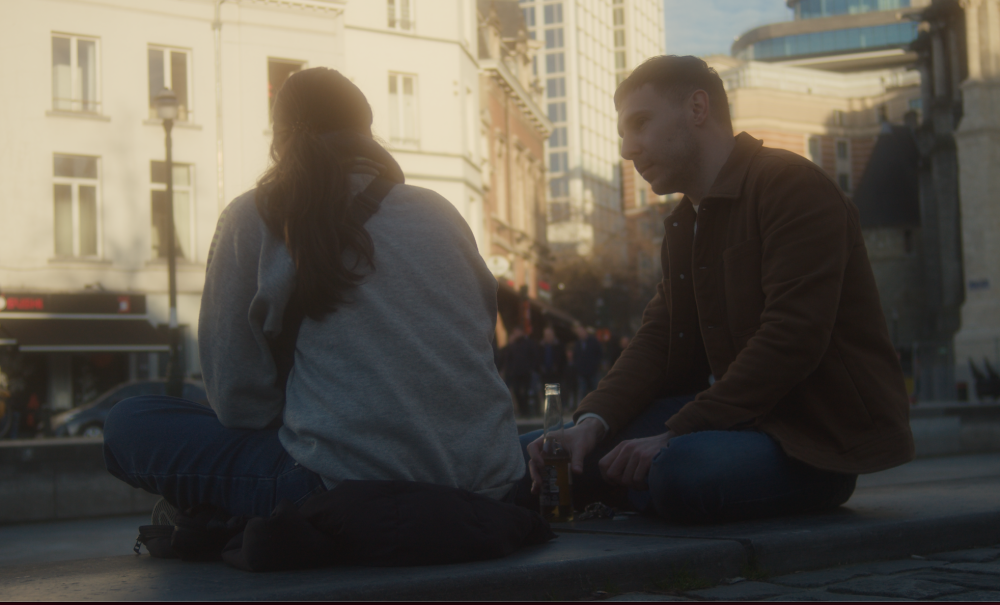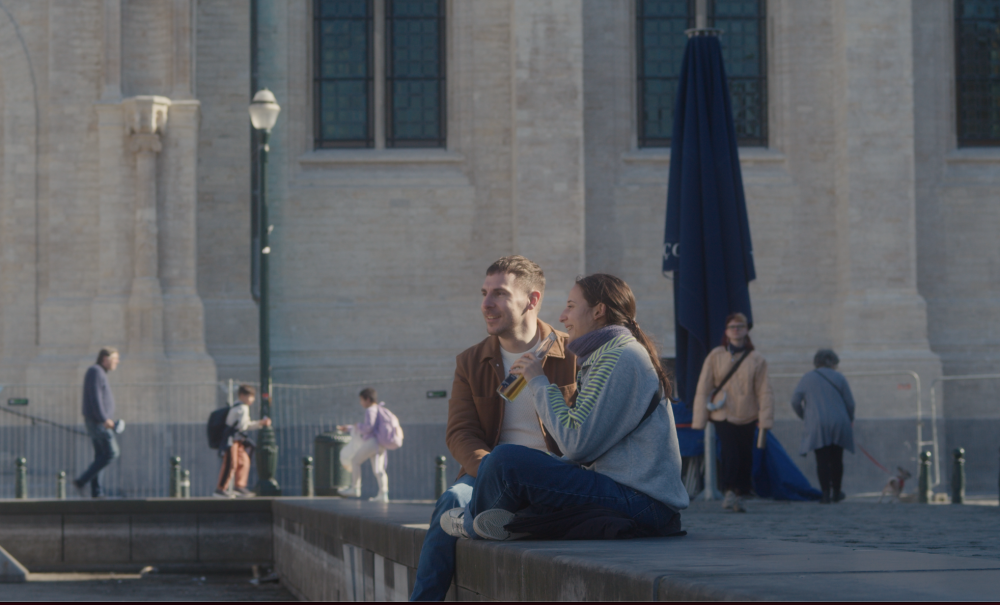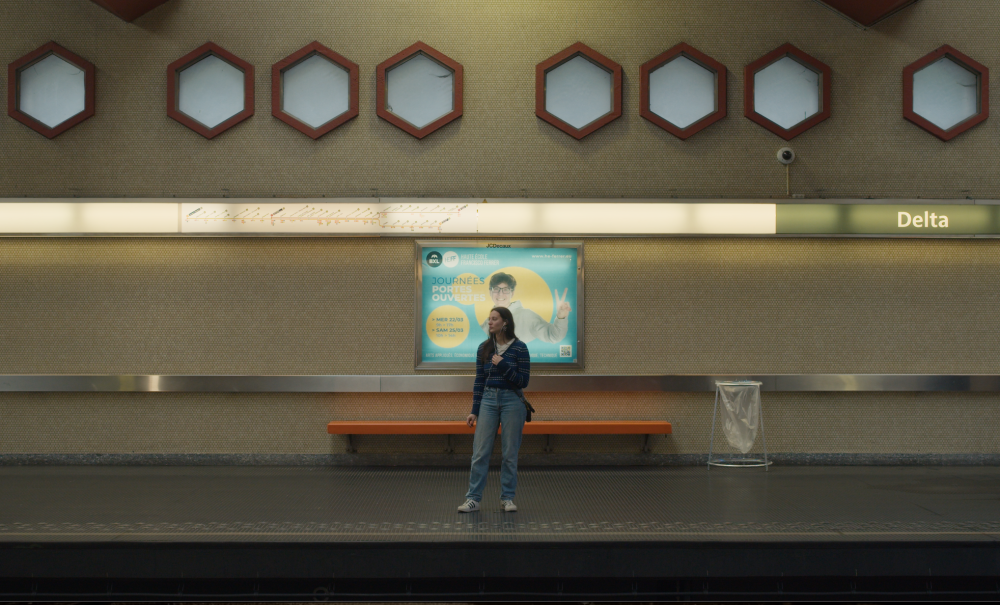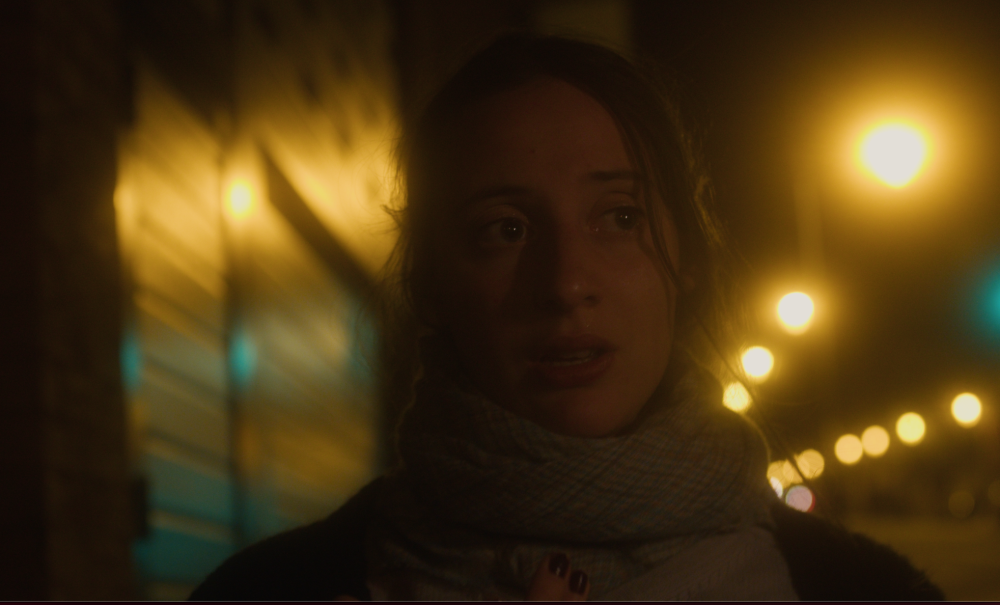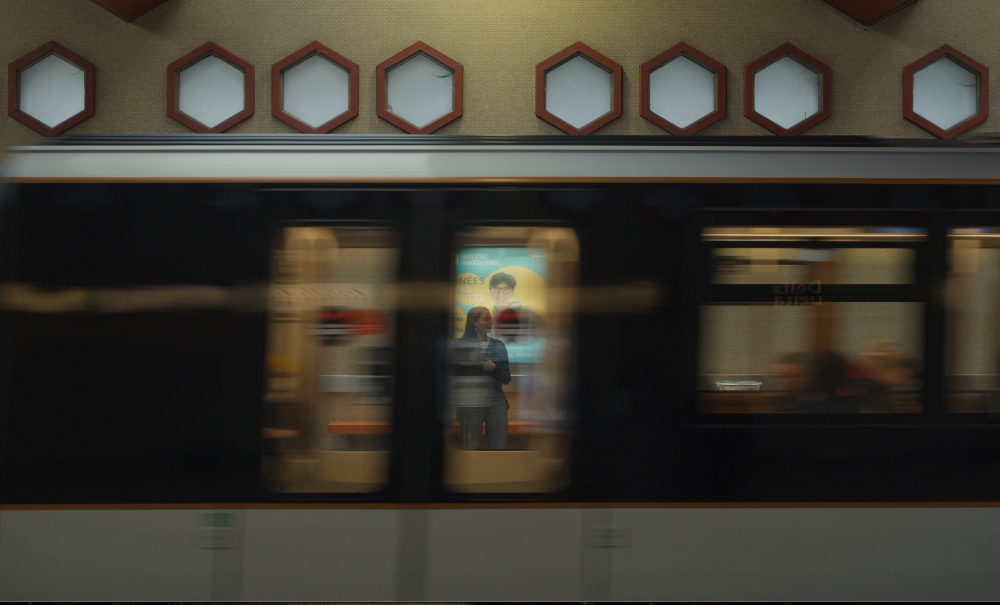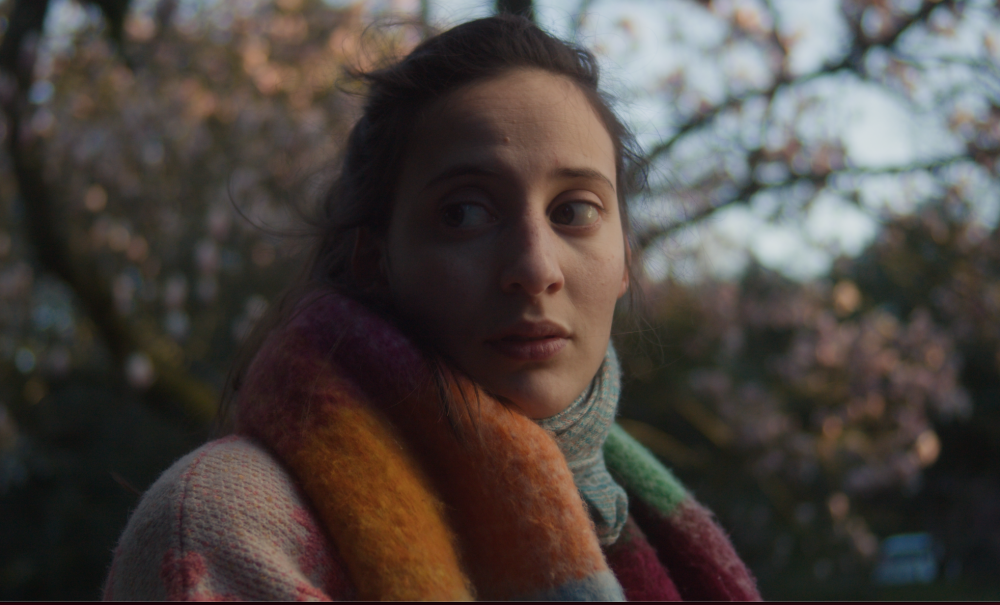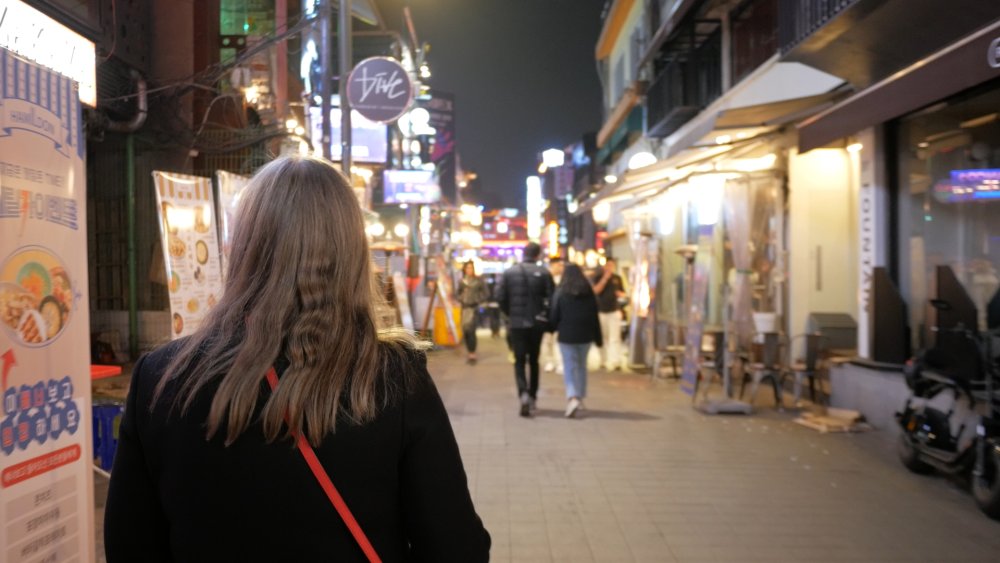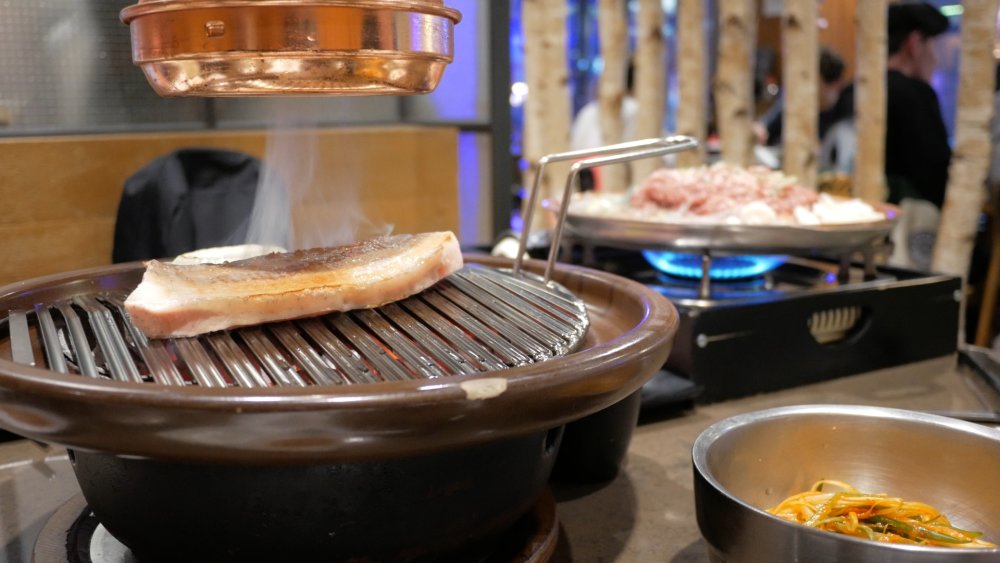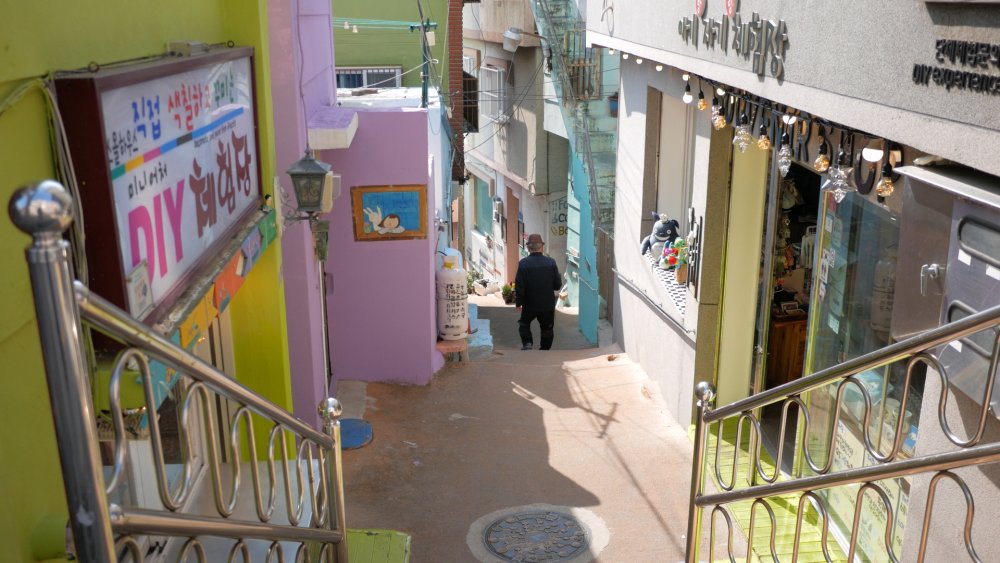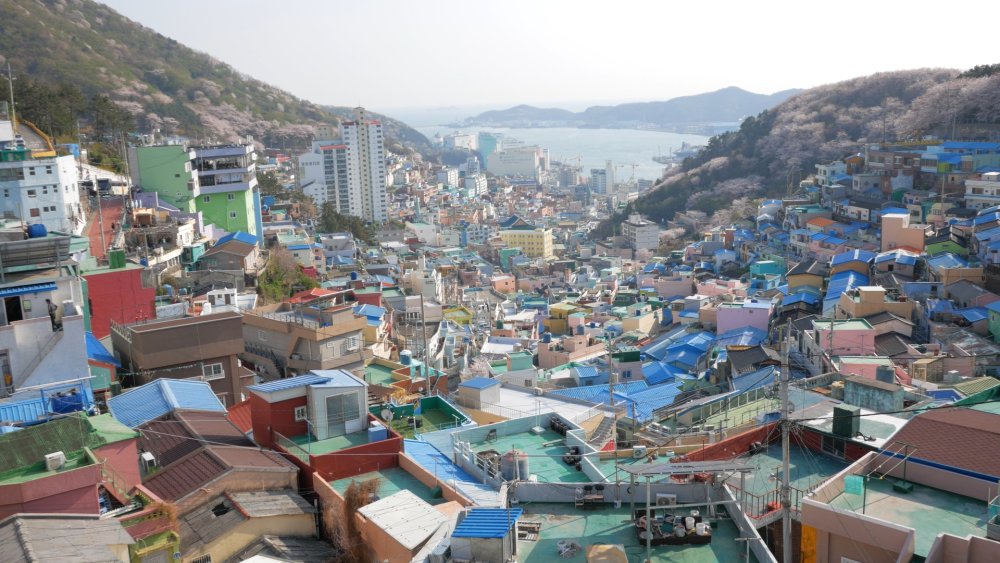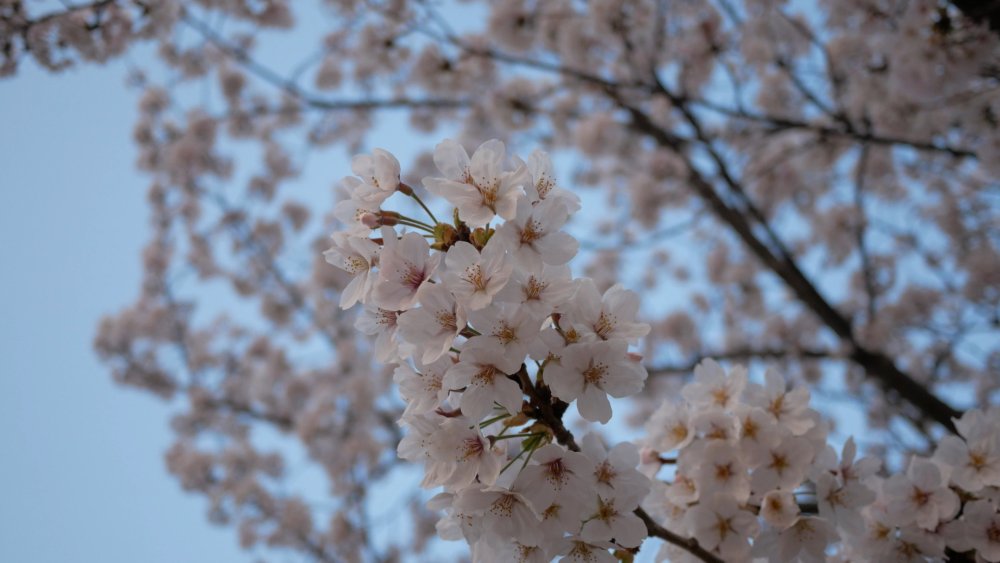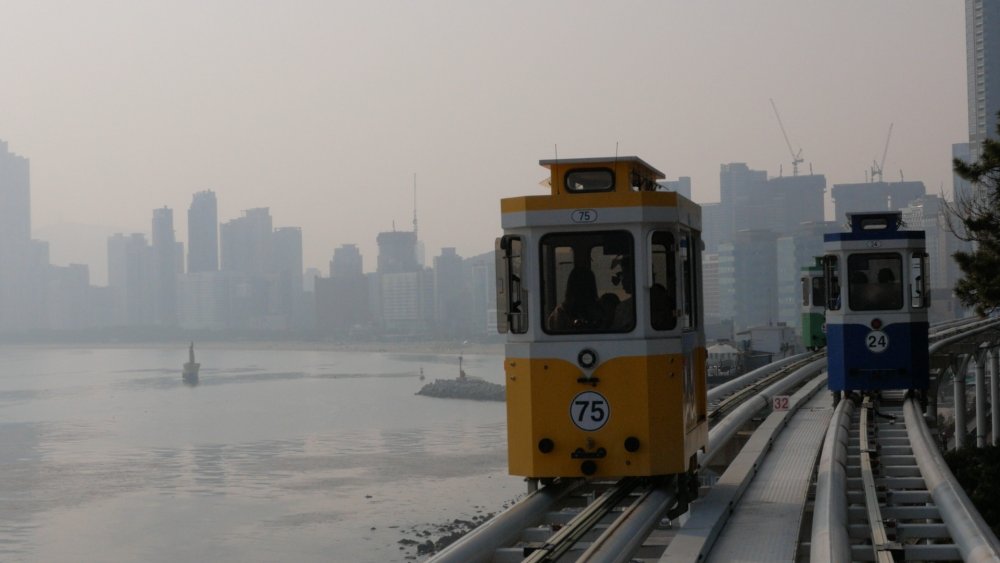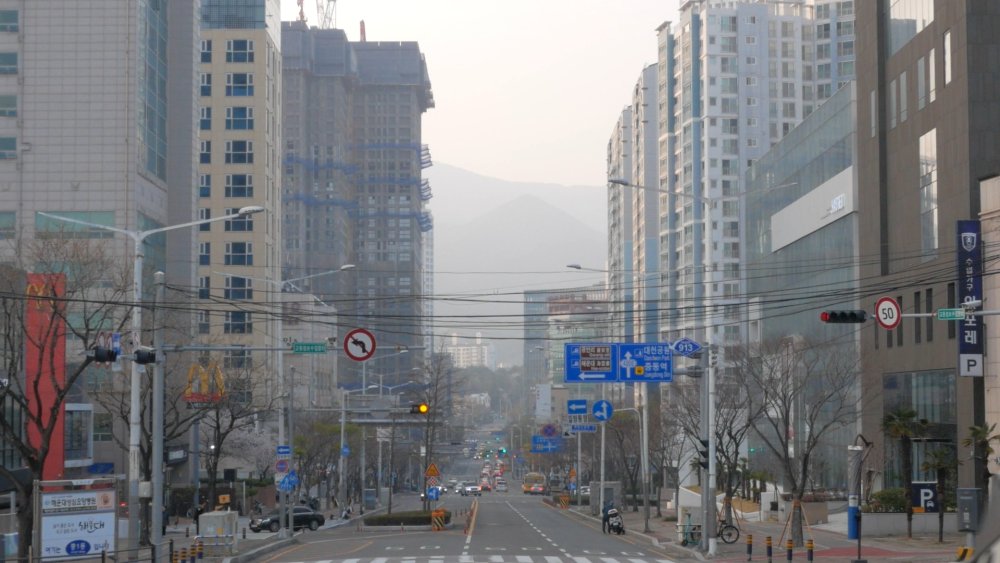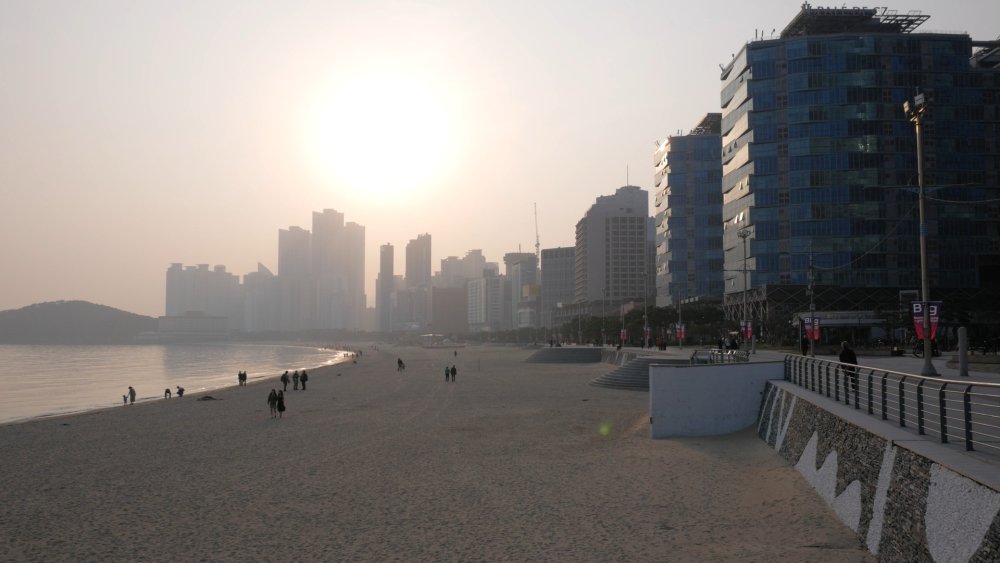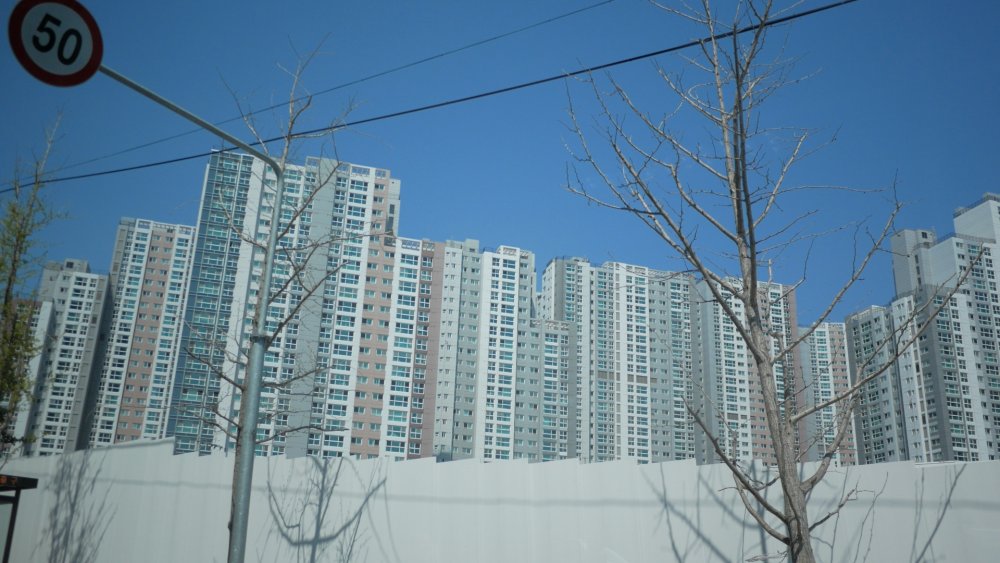Leaderboard
Popular Content
Showing content with the highest reputation on 04/09/2023 in all areas
-
I gave you a like for your unusual choice @Rinad Amir of camera. Noooot:) But for the Konica 35-100 F2.8 which you might have combined with it, which a I got because of your recommendation. Best direct lens recommendation I got, besides my 8EUR Tokina 25-50 F4 from @andy lee, one of Eoshds lens connoisseurs. I put my Fs700 to a bit of use for some additional income, in HD 420 mostly. S1 got a little share of that. GX85 my eternal love, awesome beautiful image taker and camera. Sony PMW F3 waiting to get any use:) BMMCC used for some camera enjoyment. 5D2 and 3 to test which one is cooler for raw video and hopefully not collecting dust with the F3. Second FS700 never used, collecting dust. BMPCC og collecting dust. I am a dust collector like my lenes. Don´t start me on lenses:) Still got a G7, Oly Pen EP2 and E-PL1 🙂 Looking forward to see some (moving) images from your beauties. 🙂 @Ty Harper @majoraxis Welcome back to the forum @kye 🙂4 points
-
Hi all and Happy Easter to you 🐰 most you know that I have invested quite some time to get the SIGMA fp "right", came a long journey over trying to understand ProRes RAW, cDNG and applying the ARRI colour scene to footage of it... Ultimately I have worked in the last couple of weeks on own LUTs, which are keeping the colour science of the camera and additionally are mapping the full dynamic range potential of the camera into Rec709. Took a little bit different approach than common, because the LUTs are basically only tone mapping the dynamic range and do not add any further contrast, which in the end leaves a lot more material for grading. They are working with both Final Cut Pro and DaVinci Resolve, so both PRR and cDNG workflows are covered. Below you will find the free download link as Easter gift 🥚 There is an operations guide included as well, which states what the LUTs are doing, plus tips and tricks, some graphics and last but not least, my recommendation in regard to adding contrast. Hope the ones of you who still have this camera will find that useful, it is unlocking quite a bit of potential. Looking forward to hearing your comments, see your footage processed with it. 🙂 Link: https://www.dropbox.com/s/ab2oef3bn3mz1dx/SIGMA fp Rec709 LUT v2.zip?dl=0&fbclid=IwAR1tqT_N3uLbzJeM4s66G1841SFhwLsOxuFjnYtEdBxudYDrRgHMH0g7ig42 points
-
Panasonic GM1 review - another pocket cinema camera
PannySVHS and one other reacted to billdoubleu for a topic
Every time I get the itch to acquire an OG Blackmagic Pocket Cinema Camera I decide that a GM1 or GM5 would be a much more sound purchase. I have never been able to find either of these cameras, used, for what I would consider a decent price. Three weeks ago the sweet little thing below popped up at a more than reasonable price and I snagged it quickly. It's essentially brand new. The kit lens was never even taken off. I bought a 20mm pancake for it and have been using it for stills ever since. At first I didn't like the blue but I've grown to like to look of it. This thing is quite an engineering marvel and it would be amazing to see a 4k version from Panasonic sooner than later.2 points -
I've gone through a journey over the last few months, and have come to a new clarity in my work. As most know, I shoot video of my family but want to make it look as much like high-end TV and films as possible. This involves shooting in completely uncontrolled situations with no re-takes. My new found clarity is this. Priority 1: Get the shot You can't use the shots you didn't get. Priority 2: Get shots in the best way Shots that aren't in focus, are shaky, don't have good composition etc aren't optimal. Also, having shots where subjects are aware and nervous of the camera, people in the background are staring at the camera, etc are also not optimal. Priority 4: Get the nicest image quality Insert all the normal camera stuff here... DR, colour science, etc. No, I didn't mis-number this, it's priority 4 because it's so far away from priority 1 & 2 that there is no Priority 3. Priority 1 is about feeling comfortable pulling out the camera and shooting, and having it be easy and fast to use. No fuss. Priority 2 is about stabilisation and focus, but is also about camera size. Smaller is better. This means that iPhone > GX85 > GH5, but unfortunately for priority 4 it's the opposite. Overriding principle: Use the biggest camera that won't draw too much attention in the situation. My first challenge was to see if using the iPhone was going to even be feasible. I mean, the image quality that I saw from it was horrendous. @mercer laughed when I called it "MAXIMUM AWESOME BRO BANGER FOR THE 'GRAM" but it was potentially the most savage insult I could think of - and the way to make images look as cheap and amateurish as possible. I own the iPhone 12 mini, which has the normal and wide cameras, but not the tele. One thing that escaped even my attention was that this has HDR and 10-bit support natively, so it's got at least some potential. Long story short, I filmed a test scene with all three cameras, as well as a colour chart I made in Resolve and a colour checker and attempted to match them. Matching to the GH5 was obviously not feasible, but I like the GX85 so I matched to that. Matching the GH5 to the GX85 was as simple as making a few basic adjustments. Then came the iPhone.... I tried matching the scenes first, with limited success. Hues and saturation and Luma behaviour were clearly different and not in easy or nice ways. That's when I turned to the colour chart and tried to look at what was going on. At first, the iPhone vector-scope was horrifically tangled, but in a stroke of luck I noticed that the luma curve was pushed up to brighten the mids, and when I brought it back to being linear, the vector-scope immediately fixed itself and was stunningly plain and straight-forwards. Win! This is the before/after of the greyscale from the colour chart: While this isn't a perfect linearisation, check out this before/after of what it does to the vector-scope from my Hue vs Sat test pattern in Resolve.... (I'd removed a few rows in the mildly-saturated region so I could more easily compare between cameras. This is the GH5 in HLG without a conversion to 709 for comparison) If I apply a CST to the GH5 (from rec2100 to rec709) and include saturation compression, we get this horrific thing: I've used that CST technique in the past and it's been fine on real footage, so it's not as bad as it looks. But the moral of the story is that the iPhone now has easily manageable colours. I was absolutely stunned when I realised that grading the iPhone footage could be as easy as working with the GH5 footage. Plus, it's 709 footage in 10-bit, so it should be prone to less banding and artefacts than the GH5 footage, which is 10-bit log. Next step is to use the colour checker to match the hues and saturation levels of the GX85. Here are the vector-scopes before matching.. GX85: GH5: iPhone with curve: Obviously the iPhone is nothing like the others, which is what you'd expect - Apple gave it a very distinct look and it's very different to the Panasonics. I also took shots of the colour checker in -3 stops and +3 stops. This showed that on the underexposed image (-3 stops) the iPhone is less saturated than the GX85/GH5 and on the overexposed image (+3 stops) the iPhone is more saturated. Resolve has a curve for this. I couldn't match it completely as it required a brutal adjustment but I pushed it in the right general direction. After applying some hue and saturation adjustments, we get quite a good match. iPhone: The plots at -3 match well, but the plots at +3 are all over the place, with the GH5 clearly having some rather strange issues. I'll ignore these for now - the goal is to make the iPhone into a camera that can be used for filming more than just memes, it doesn't have to match perfectly. I also applied a gaussian blur to the footage to un-do the horrendous sharpening that is applied. Here are some sample images from a recent trip with the above adjustments applied, without even adjusting each image individually - this is just the starting point. As I shoot auto-WB I'd be adjusting each image individually, main focusing on skin-tones. It should also be noted that these adjustments apply equally well to the normal, wide, and selfie cameras, and also apply to the 1080p120 and 1080p240 modes from both the wide and normal cameras. These shots include a mix of these. It looks like a real camera to me! Not the best in the world, but it doesn't make me regret shooting with it, so firmly in the usable category.1 point
-

What cameras are you actually using?
Rinad Amir reacted to kye for a topic
I'm curious to know what cameras people are actually using? By reading the forums I get the impression that everyone is using the latest and (so called) greatest cameras, but I suspect that's not the case. I haven't been posting lately because I've gotten the impression that no-one would be interested unless I was pixel-peeing a Z9 or whatever, and I've moved past that now.1 point -
For my own purposes I am still with BM Pocket (2K, the 1st generation), and (when 4K is needed) the GX85, both paired with stabilized Lumix G X 14-42/3.5-5.6 or, for low light, PanaLeica Nocticron 42.5/1.2. My students use different gear, some "professional", some latest and "greatest". Personally, unless you are in film or TV industry, the gear does not much matter, as long as you have a story to tell, light to follow and angle to shoot from. The rest is good editing of motion and sound. 😊1 point
-
Having been a confirmed (amateur) Panasonic micro4/3 user for years, I dipped a toe in the Olympus world after the OM-1 came out and the used prices for the E-M1 iii dropped dramatically. My Pana G9 beats it hands-down for basic video quality, but for me the E-M1 iii is such a nice camera hold and use (it fits my hands perfectly) that it's become the camera I take out most often. Battery life is excellent, as is the (adjustable strength) IBIS. You get used to the menus eventually... The GX85 is another 'feels great in the hand' camera, so my usual travel cam is a GX85 with an Oly 14-150mm lens (overall smaller than some actual 'superzoom' cameras), and the G9 is the 'max video quality' and 4k50p option. (Also got a cupboard full of other Panasonic cameras - G80, GX800, G6, LX100, LX7, and far too many lenses! )1 point
-
Thanks for the work and effort! I'm looking forward to testing it out! Do you know if it also works with Braw? Happy to send some test shots if you want. Just let me know what kind of footage will help.1 point
-

What cameras are you actually using?
FHDcrew reacted to fuzzynormal for a topic
Well, I'm assistant editing with ARRI footage. [name drop!] Seriously though, filming our own thing this month with a XPRO2, EM10III, iPhone, and a GH5. I even used the old Canon 5DII the other day. All over the map. I guess you can throw in GoPro and DJI while we're at it. 7 camera manufactures, one project. Also, all the different lenses we've been using are ridiculous.1 point -
What cameras are you actually using?
FHDcrew reacted to billdoubleu for a topic
I do all family oriented photos and videos. The last few months I've mainly been using the Motioncam app on my Pixel 6a to shoot full sensor RAW video @15fps. For photos I've been using my newly acquired Panasonic Lumix GM1. But the love is equally shared with my GX85 and G85.1 point -
IBIS beyond 100mm is not very effective (still works). And, of course, you lose information and resolution (crop) with Catalyst. No OSS is a real issue. Not saying it is a dealbreaker.1 point
-
1 point
-
Interesting post. I really like the GX85 shots. It's a shame that Panasonic hasn't upgraded the GX85 and G85 with 10bit. But I think the biggest takeaway is that Canon sucks.1 point
-
This leaves me with the best setup being either the iPhone by itself, or the iPhone + GX85 which means that the iPhone can do the wide and the GX85 can do the normal and tele FOVs. The 14mm is good when combined with the 2x digital zoom, but still lacks some flexibility. When I got home I put on the 12-35mm f2.8 zoom and while it's far more flexible, going a bit wider and hugely longer, the additional size puts it half-way to the size of the GH5 and severely hurts Priority 1 and 2. This left me with a choice: iPhone wide + GX85 + 14mm iPhone wide + GX85 + 12-32mm f3.5-5.6 iPhone wide + GX85 + 12-35mm f2.8 iPhone wide + GX85 + wide-zoom like 7-14mm or 8-18mm The question was if the iPhone wide camera was good enough in low-light. I reviewed my footage and basically it's good enough indoors in well-lit places like shops or public transit, good enough in well-lit exteriors like markets, but very very borderline in less-well-lit streets at night. For my purposes I'll live with it for the odd wide and will lean heavily on NR, which will give me the ability to have a longer lens on the GX85 which extends the effective range of the whole setup. I did a low-light test of the iPhone, GX85 and GH5 and found that the GH5 and GX85 have about the same low-light performance, iPhone normal camera is about GX85 at f2.8 and the iPhone wide is about GX85 at f8. Considering that iPhone-wide/f8 was very borderline, if I aim for something like f4 or better then the lens should be fast enough in most situations I find myself. I don't really find myself wanting shallower DOF than the 14mm f2.5, and could even have less without much downside. This means that the option of a zoom lens is not out of the question, and the 12-32mm pancake seems a very attractive option. It's larger than the 14mm when it's on and extended, but when it's off it's basically the same, and it would give a huge bump in functionality. I took a number of timelapses on the trip too, and having a zoom would make these much easier as well. I'm contemplating the 45-150mm as well, but we'll see.1 point
-
The last is the GH5. Firstly, it's noticeably larger than the GX85, so much so that it's not pocketable (despite what BM might claim) so it's less convenient to transport, and it's not "palm-able" either so you're walking around obviously holding a professionally-sized camera, regardless of what lens you use. I tried taking it out with the 14mm lens one day instead of the GX85 and I found it more cumbersome to carry, more conspicuous to passers-by, and even subtly more imposing on my family. When I accidentally found myself carrying it through anti-government protests (long story) I was thankful that the riot police weren't looking for anyone that looked like foreign media. I typically pair it with manual-focus lenses, and found this to be quite cumbersome compared to the AF of the 14mm lens, but with faster lenses you need to worry about what it will focus on, so it's a whole other ballgame which even the animal-eye-AF cameras get wrong because they don't know which cat you love the most. While the EVF is reasonable, but not great, the screen is cumbersome to use unless you're shooting from eye-level as you need to flip it out to be able to tilt it, not only making the camera a lot bigger (physically and perceptually to everyone) but also less manoeuvrable and more fragile if you get bumped etc. Obviously the image is the nicest out of all three cameras, but you really pay for it in size and weight. For Priority 1 and 2 it's definitely the last-resort, and I'd only pick it over the GX85 in very specific circumstances now.1 point
-

Making the most of the iPhone, GX85 and GH5 and shooting in the real world
newfoundmass reacted to kye for a topic
The GX85 is the next challenge. For Priority 1 it needs to be kept handy and accessible. This means either being kept in-the-hand or kept in a pocket - keeping it in a bag adds access time unless the bag is on the front of my chest. Both of these mean that the rig has to be kept as small as possible, which essentially boils down to lens choice. The 14mm f2.5 lens is an absolute gem in this regard. In the 4K mode (which has a 10% crop into the sensor) it's got a 30.8mm equivalent FOV. I edit and deliver in 1080p, like all sensible people in the real world who haven't confused their ass for their elbow do, and so I can also use the 2x digital crop feature, which gives a 61.6mm equivalent FOV. These two FOVs are hugely handy for showing people interacting with the environment around them - environmental portraits. It also has good low-light, good close-focus distance, and has a bit of background defocus if the subject is close. I have the GX85 configured with back-button focus. This means that I hold down a button on the back when I want to engage AF and hitting the shutter button doesn't engage it. This works brilliantly in practice as it means that I can focus once for a scene and then shoot without having to wait for the camera to AF. I also have the viewfinder set to B&W and have focus peaking enabled in red, making it easily visible. The histogram is also really handy to know what is going on too. For Priority 2, this setup works well - the tilt-screen is great, AF is super-fast, IBIS is impressive and very functional, and I find using it in real-world situations to be easy, fast, and very low-friction. It still gets some attention, but it's not excessive. I find that for most shots I want to stop down to ensure that everything is in focus. This is because my work is about the subjects experiencing the location and the interactions that are going on. A nice portrait with a blurred-beyond-recognition serves very little purpose as it could have been shot anywhere at any time and therefore has no relevance. This lens can give a satisfying amount of background defocus for mid-shots if required, and especially for macro shots, which are occasionally relevant in an edit. Here are a few grabs SOOC. In grading I would typically lower the shadows to the point where the contrast is consistent (assuming it makes sense for the scene - lots of these have haze which you have to treat differently) and I would even out the levels of saturation etc. I'd also sharpen or soften images to even out the perceptual sharpness too. Interestingly enough, most of these images have enough DR, and even have elevated shadows, despite the camera not having a log profile. These provide a really solid foundation to grade from.1 point -
So, where does this leave us? Well, the iPhone wins Priority 1 hands down - so many people are vlogging or whatever in public now that it's almost invisible and I feel very little friction in using it. It's always handy in an easily accessible pocket, and the camera is fast to use from the lock screen. Once you're in the app it changes FOVs almost instantaneously, and will even change camera while recording, so that's hugely usable too. It's also pretty amazing at Priority 2. The stabilisation is simply incredible - I do the ninja walk pretty badly but it manages to give practically perfectly stable images even when walking on stairs etc. The AF is also fast and reliable, and because it has a very deep DOF it doesn't have the problem of choosing the wrong thing to focus on. It's got a large screen that is pretty easy to see in full-sun, even if you're trying to get a high or low angle and aren't looking straight at the screen.1 point
-

Sony lack of firmware updates is getting completely ridiculous!
Rinad Amir reacted to Amazeballs for a topic
Listen, guys. I love my A7S3. Yes I would love to have new dynamic stab, and better AF. I also would want a new video oriented clean on-screen menu layout, but I can live without it. The camera still rocks. The problem is not about it beeing crucial feautures, its the attitude to the community, to us, its customurs. And this attitude stinks. In our age not giving your hardware avalible software updates is really really unexusable. Showing support to your older product is showing love to your customers. And feeling abandoned for a new youger girlfriend is not exactly a stimulating emotional experience.1 point -

Sony lack of firmware updates is getting completely ridiculous!
Rinad Amir reacted to Django for a topic
I'm not confusing anything. You are starting to sound like a Sony apologist. The ZV-E1 is total proof that AF, breathing comp etc can totally be ported to the A7S3 as the ZV-E1 uses the same sensor and processor. That old excuse of outdated hardware is not valid anymore. As for the FX30, you are twisting my words. What I said was that the FX30 is worst than the A7S3 at low-light. Meaning it has indeed more noise at high ISO. That being said it also has less aggressive NR which is of course a better thing. As for Cine EI, its been my understanding from shooting with it for some time on FS/FX cams that it also affects NR, sharpening and other image processing: It optimises the camera so that settings such as the recording ISO, noise reduction and sharpening are all optimised for recording the highest possible quality S-Log3 or raw material with the largest possible dynamic range. https://www.xdcam-user.com/2020/12/a-guide-the-the-fx6s-cineei-mode/1 point

